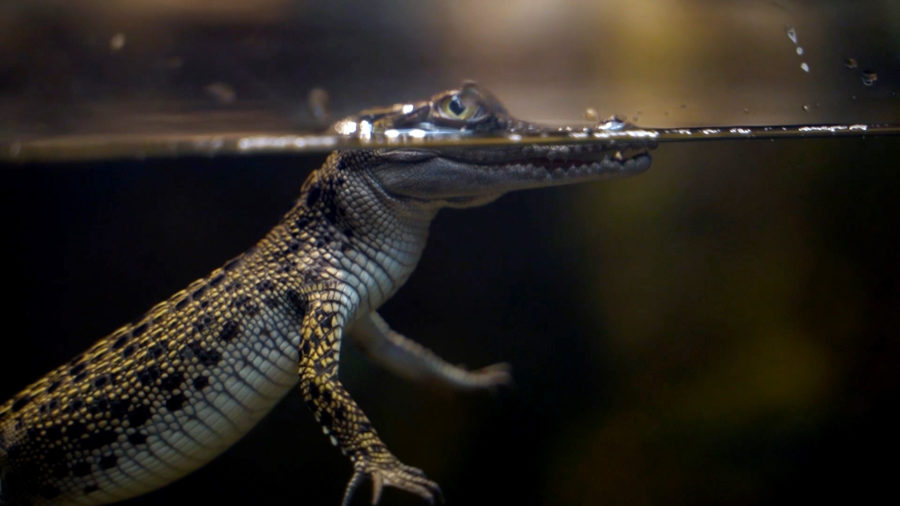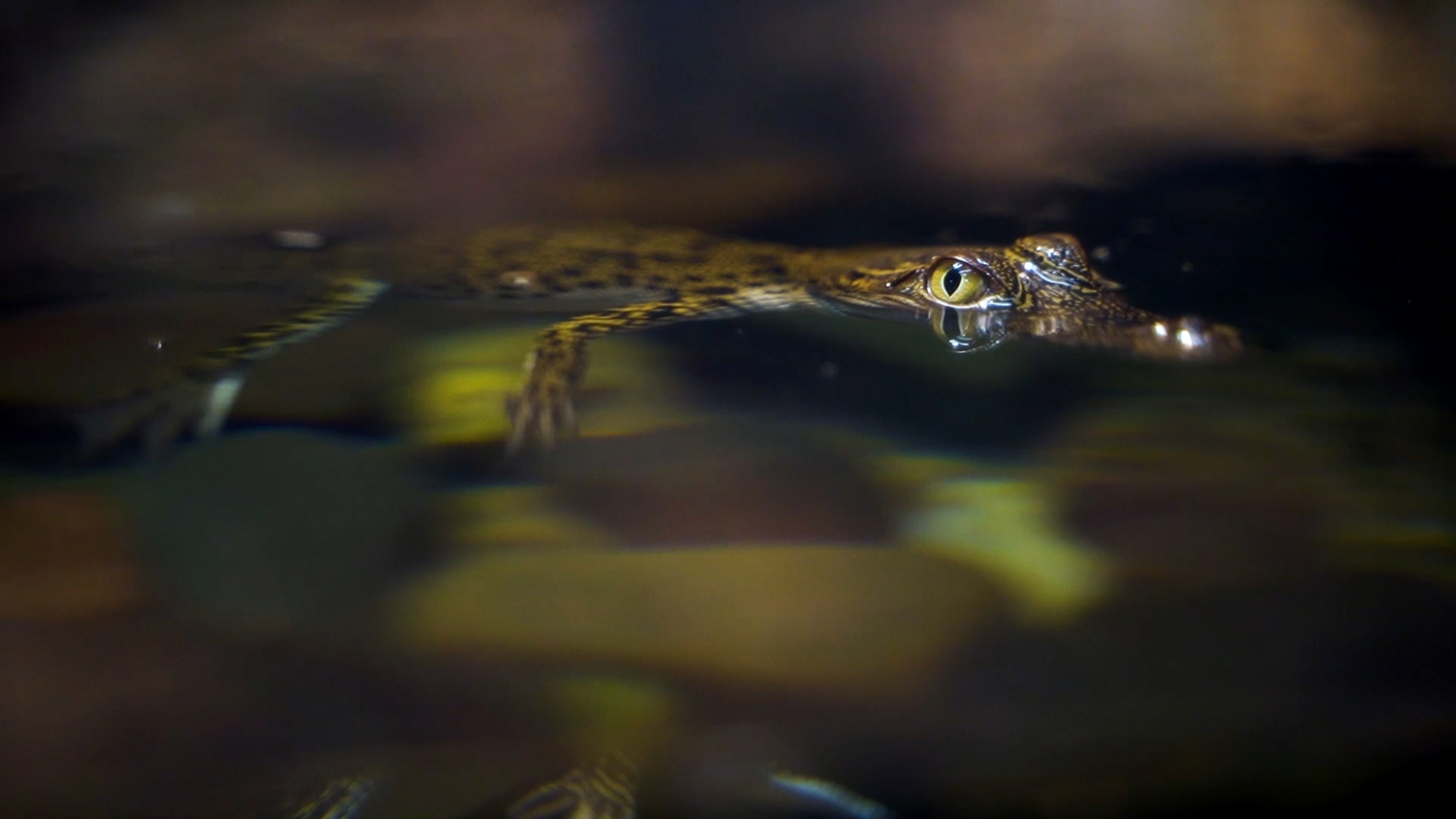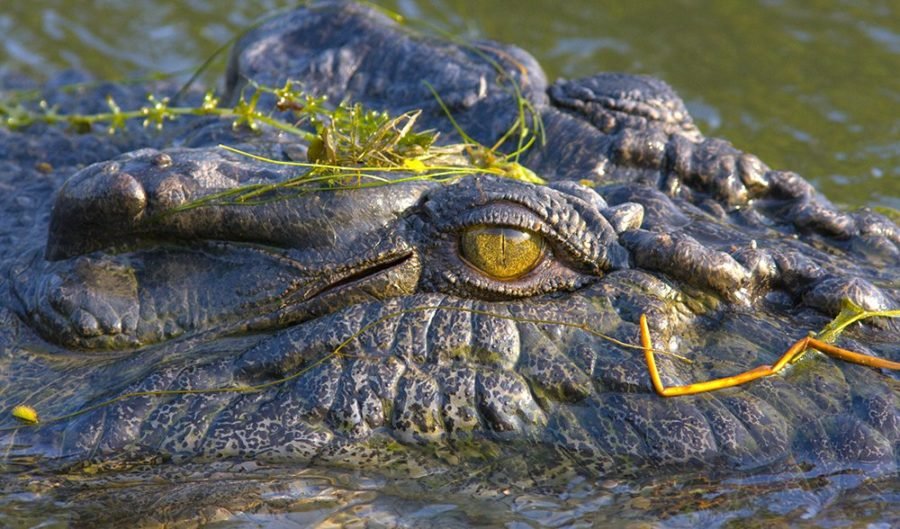Yes! Crocodiles can be cute 🐊

That’s extraordinarily good news for a species that was almost wiped out in Australia by hunting during the 20th century.
The comeback of the saltwater crocodile from near-extinction levels 40–50 years ago is one of Australia’s and the world’s great conservation success stories.
In waterways in the Northern Territory alone there’s now thought to be about 100,000 juvenile and adult crocodiles, about 10,000 of which are found in World Heritage-listed Kakadu National Park.
Rangers there believe the species, which became protected across Australia during the early 1970s, has now climbed back to almost pre-colonisation levels in the park.
It’s not, however, simply a story about species’ protection and recovery. Australian Geographic has been visiting the Top End to explore the complex dynamics between people and Australia’s largest terrestrial predator and we’ll bring you the story in a coming issue of the magazine.
In the meantime, enjoy this brief but gorgeous footage shot by AG photographer Annette Ruzicka at Crocosaurus Cove, in the heart of Darwin.
It shows six-month-old saltwater croc babies, which hatched in January and are now almost 30cm long.
Their parents are the Cove’s resident couple known as William and Kate. William, who’s more than 50 years old, is 4.6m long and weighs 690kg. Kate is 2.8m long, 110kg and more than 60 years old.
In this footage their tiny offspring are eating crickets and practicing the ‘minimum exposure’ posture, which allows saltwater crocodiles to hover in the water with just their eyes, ears, nostrils and top of the head out of the water.
This lets them remain hidden from prey until they’re within snapping distance and is one of the reasons they’re such successful predators.
Vulnerable babies
Hatchlings and juvenile saltwater crocodiles feed on insects, crustaceans, small reptiles, frogs and small fish.
It would be near impossible and far too dangerous to see crocodile babies like this in the wild.
They hatch from hard-shelled eggs, slightly larger than chicken eggs, laid mostly between November and May in mounds built by female crocodiles from mud and vegetation beside rivers and other bodies of fresh water.
It takes more than 75 days for eggs to hatch and these nests are guarded closely by croc mothers.
So too are hatchlings, although they’re able to swim, hunt and do almost everything their parents can do soon after birth.
Crocodile mothers will watch over nestlings closely for the first few months to make sure they’re not eaten – often carrying them in their mouths just after hatching.
What eats saltwater crocodiles? Not much once they reach about 2.5m in length at around 12-13 years old, after which they’re able to withstand attacks by almost all other animals expect humans.
But at this early stage they’re highly vulnerable and are taken by barramundi, adult freshwater crocs, turtles, water pythons and adult saltwater crocodiles.
It’s a precarious existence.
About 50 eggs are laid in each nest, a quarter of which never even hatch and of those just over half make it past a year. Ultimately only 1 per cent make it to adulthood.

Like many reptiles, crocodile gender is determined by the temperature they experience while the eggs are in the nest. At 28–30°C all hatchlings in a nest will be female. A degree warmer – 31°C – and half will be male, half female. At 32°C, all hatchlings are male, and at a slightly higher temperature there’ll be more females.
The saltwater crocodile – the largest reptile species in the world – is found in coastal areas and freshwater rivers from northern Australia to eastern India and throughout South-east Asia.
But large adults – up to 7m long – are known to swim thousands of kilometres across the ocean.


